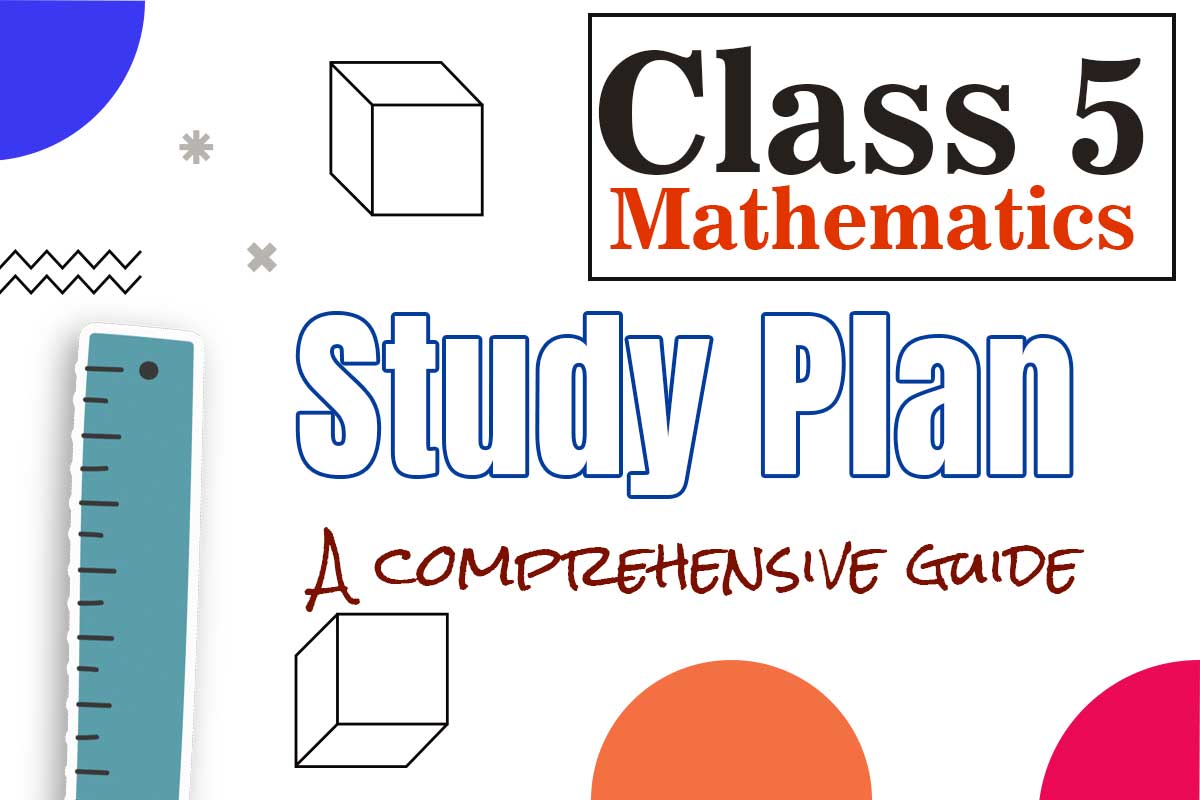Creating a Class 5 Maths Study Plan is essential for students to excel in their exams. An effective study schedule for Class 5 students ensures they cover all chapters, understand concepts thoroughly and have enough time for revision. A weekly Maths study plan for Class 5 can help break down the syllabus into manageable portions, focusing on one or two chapters daily. Incorporating a Maths daily timetable for Class 5, students can allocate specific times for practice and theory sessions, making the process more organized. Moreover, using a Class 5 Maths chapter-wise plan, students can prioritize topics like fractions, geometry, and word problems that require more attention. Regular practice, coupled with timely revision plans, can significantly enhance performance.
To prepare for exams, a Class 5 Maths exam preparation timetable can be immensely beneficial. It should include time slots for solving previous year’s papers and a dedicated revision timetable for Class 5 Maths to revisit key concepts. Additionally, having a Maths homework planner for Class 5 helps students stay on track with daily assignments and ensures consistent learning. Using a customizable Maths timetable for Class 5, parents and teachers can create a personalized plan based on the student’s learning speed and needs. For better results, a Class 5 CBSE Maths study guide can be referred to for chapter summaries and tips. Following a structured plan not only builds confidence but also develops discipline in young learners, helping them tackle the subject with ease and accuracy.

